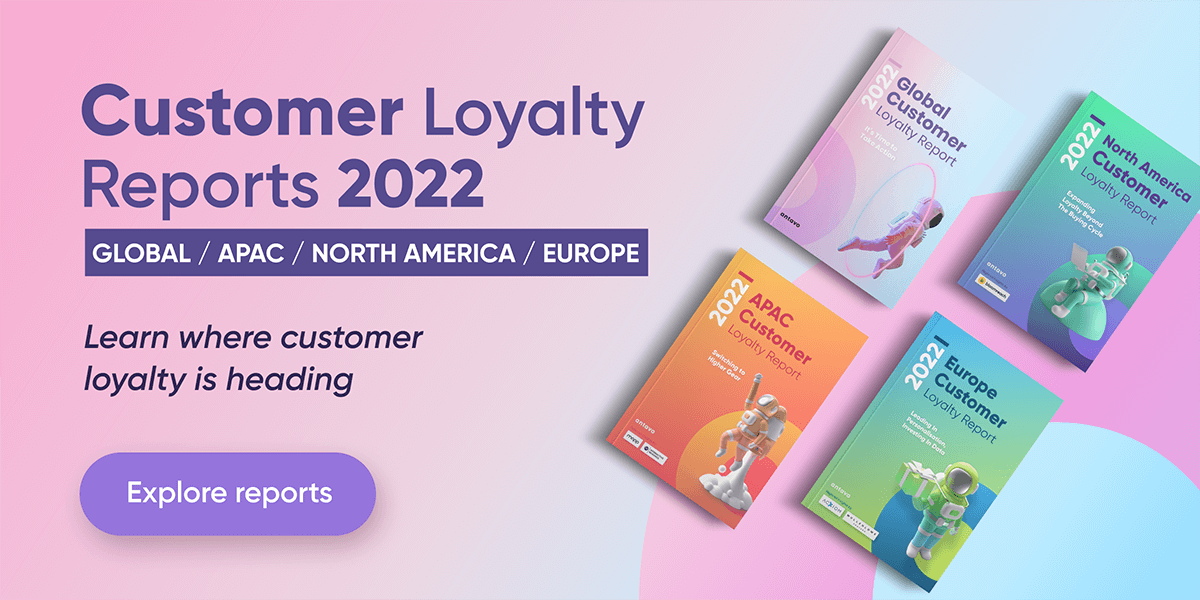Managing a loyalty program is a lot like a relay race. You might start off with a specific type of rewards program, but then reach the finish line with another. Nonetheless, as long as you aim to give customers a meaningful experience, your brand will be a winner. And don’t be afraid to restructure your current program to make it more successful! In this guide, we’ll show you all the best practices (and mistakes to avoid) when it comes to a loyalty program revamp.
Loyalty Program Revamp, Replatforming, Restructure — What’s the Difference?
The process of rebuilding one’s loyalty program can be called a number of things. Without diving too deeply into semantics, there are three major categories worth distinguishing:
- Loyalty program restructure – In this case, the core concept and logic of the loyalty program change, but loyalty platform or software remains the same.
- Loyalty program replatforming – A more complex situation in which the company switches to a different loyalty technology provider, thus moving to another platform.
- Loyalty program revamp – Combining the two, a company revamps its loyalty program by changing its core logic, adding new features and rewards, as well as upgrading to a different tech stack.
In practice, the line is often blurry between these three, as companies who decide to replatform with no changes still end up with a few improvements. As such, we’ll use the term revamp throughout the article, but the insights and reasoning can generally be applied to all three categories.
Most loyalty program refreshments (revamps) are motivated by stale value propositions that increasingly lead to poor program performance and member disengagement. As new programs emerge from competitors, the motivating factors grow even more significant, and change is required. As the saying goes, “Evolve or die!” Also, technology requirements are always driven by the refreshed design. With a firm, well-thought-out design, the brand can seek those vendors who meet the specific design requirements. It is not the other way around. Technology enables but imagination wins!
Mike Capizzi
Dean of The Loyalty Academy
Is It the Right Time to Revamp Your Loyalty Program?
Loyalty program revamps are an ongoing trend in this day and age. According to our Global Customer Loyalty Report 2022, 71.6% of current program owners plan to revamp their existing loyalty program within the next three years. However, the same study highlights another noteworthy trend: 56.0% of program owners are satisfied with their loyalty program, claiming that their existing rewards program contributes to sales, delivers great ROI, and is popular among customers.
Typically, I see two driving forces when a loyalty program needs to be redesigned. First, if it does not support the overall corporate strategy and objectives anymore, or secondly, if the program itself is just not beneficial and attractive enough both from a company or a customer perspective. The necessary change in technology – out of my experience – either happens as the overall company strategy is being focused on a customer-centric and data-driven approach, that requires new technical capabilities and processes OR during an overall IT infrastructure update, so that the loyalty system needs to be enhanced as well.
Nicole Wilhelm
Loyalty Consultant & CLMP of Get-Focused
One possible reason for the overlap of these two statistics is that deciding to revamp a loyalty program isn’t an admission of failure. Many program owners who are otherwise satisfied with their loyalty program still plan to update it, most likely to introduce new features or switch to a more flexible, more manageable technology.
I typically find our clients’ interest in a new loyalty programme is triggered by one of two events. It’s either a proactive response to emerging changes in consumer behaviours, attitudes and interests, or a reactive response to a decline in consumer retention and loyalty. The clients who typically win in achieving a world class innovative loyalty programme are those who sit in camp ONE. Not only because they were able to identify the opportunity early enough, but because they approached it from a consumer first perspective, rather than chasing the commercials.
Dean Lanzman
Head of Data, MullenLowe Profero
Loyalty Programs Are a Lifeline During Times of Crisis
Another possible reason why so many brands are restructuring their loyalty programs is to make their customer retention strategy more crisis resistant. According to Gartner’s survey on CMO priorities, ensuring high customer acquisition, retention and engagement have become the number one priority for marketing leaders. Similarly, Forrester has called customer loyalty a lifeline during the inflation crisis.
More than ever, customers are looking for experiences. But with the current inflation crisis, these same consumers are also looking for ways to save money on goods and services. With this in mind, and given the current budget pressures businesses are facing, companies need to look to loyalty providers that will enable them to deliver personalized experiences, financial and emotional rewards and connect it all to the customer journey. These solutions need to be flexible to enable marketing teams to be quick and smart – no one can afford to spend money on initiatives that don’t deliver results.
Andreanne Rondeau
Loyalty Expert at StratLX
Industry leaders are right to believe that having a well-performing loyalty program is an effective crisis management tool. Reward programs have performed extremely well during the pandemic, as 62.1% of respondents reported that their loyalty program has helped keep their customers engaged during the Covid-19 crisis, according to our Global Customer Loyalty Report 2022.

The Big Question: Deleting or Revamping?
Of course, rebuilding a loyalty program is a huge undertaking in terms of both time and money. Due to the extra costs associated with revamping a loyalty program, the board of a company is just as likely to vote on shutting down the reward system, especially if the program doesn’t meet expectations or the company is looking for ways to cut costs.
However, it is worth highlighting that running a loyalty program is a worthwhile project. Based on the Global Customer Loyalty Report 2022, 93.1% of companies that measure ROI for their loyalty program have a positive ROI. It is true that loyalty programs are long-term solutions, but removing a system meant to reward customer behavior in the middle of a crisis can cause a backlash among members and damage the brand’s reputation during a critical time.
Over the last 5 years, I’ve seen client interest in revamping loyalty programs increase dramatically. One of the most common reasons is to take advantage of overall systems upgrade to related systems such as POS or CRM. 7-Eleven’s program, 7REWARDs, is a great example of using the initiative to launch a loyalty program that helped to transform the experience with mobile check-out. As for searching for a vendor, it is most important to find flexibility out of the box, and strong integration capabilities. Solutions that have a closed architecture, rely heavily on services and/or tie you into a cookie cutter solution will hamper your efforts over the long term.
Philip Hussey
Principal Consultant at Loyalty Levers
The Story of ASOS: Why Scrapping Your Loyalty Program Might Be a Bad Idea
Getting rid of a loyalty program can have dire consequences — even when the market is stable. In 2018, UK-based fashion company ASOS decided to get rid of its loyalty program, A-List. They believed their other standalone service, which offered free shipping for a monthly fee, could substitute it. Though it might have been a fair trade-off, A-List (and the vouchers it offered) had been a fan favorite among the community and customers were very disappointed.
It also didn’t help that ASOS decided to scrap its loyalty program shortly before Black Friday. During that time period, the fashion retailer was seeing meager interest from the community, which even led to a profit warning and a 38% sales crash. Though multiple causes have since been identified, missing a strong reward system to back up the Black Friday discounts surely didn’t help the company.
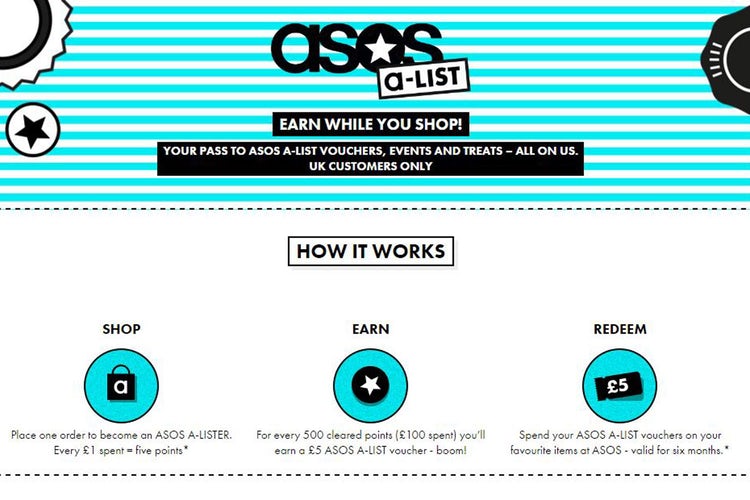
10 Reasons to Revamp Your Loyalty Program
It cannot be stressed enough that revamping your loyalty program should be a data-driven decision. If you decide to revamp your program, you should have a set of clear goals and KPIs in mind to benchmark your new program’s progress.
Upgrading legacy loyalty systems to the latest loyalty techniques is very buggy and resource intensive. This is a major reason to replace a loyalty system. These features and functions have become very important. Engagement modules to implement personalised member communication. Gamification modules to drive member engagement. It is imperative that the LMS is omnichannel in order to meet market requirements. Technically, it should be a cloud solution as a SaaS platform that offers modular and headless (MACH) as a tech stack. And not to forget, easy to use for the employees in the loyalty programme, so that: easy to use and offers self-service (no-code) portal.
Alexander Süßel
Loyalty Consultant & CLMP of AS-auf-Zeit
To offer a better understanding of why companies opt for a full loyalty program revamp, here are popular 10 use cases:
1. You want to increase the customer lifetime value
One main reason to both improve the loyalty concept and switch to a new technology at the same time is because it offers the biggest change to improving the CLTV of program members.
So if you wish to increase purchase frequency and average order value, you have to think outside of the box. For instance, you can shift to a more engaging program type, like a perks or badge system. Having more enticing rewards other than coupons is also a step up — just make sure your tech stack is up to par.
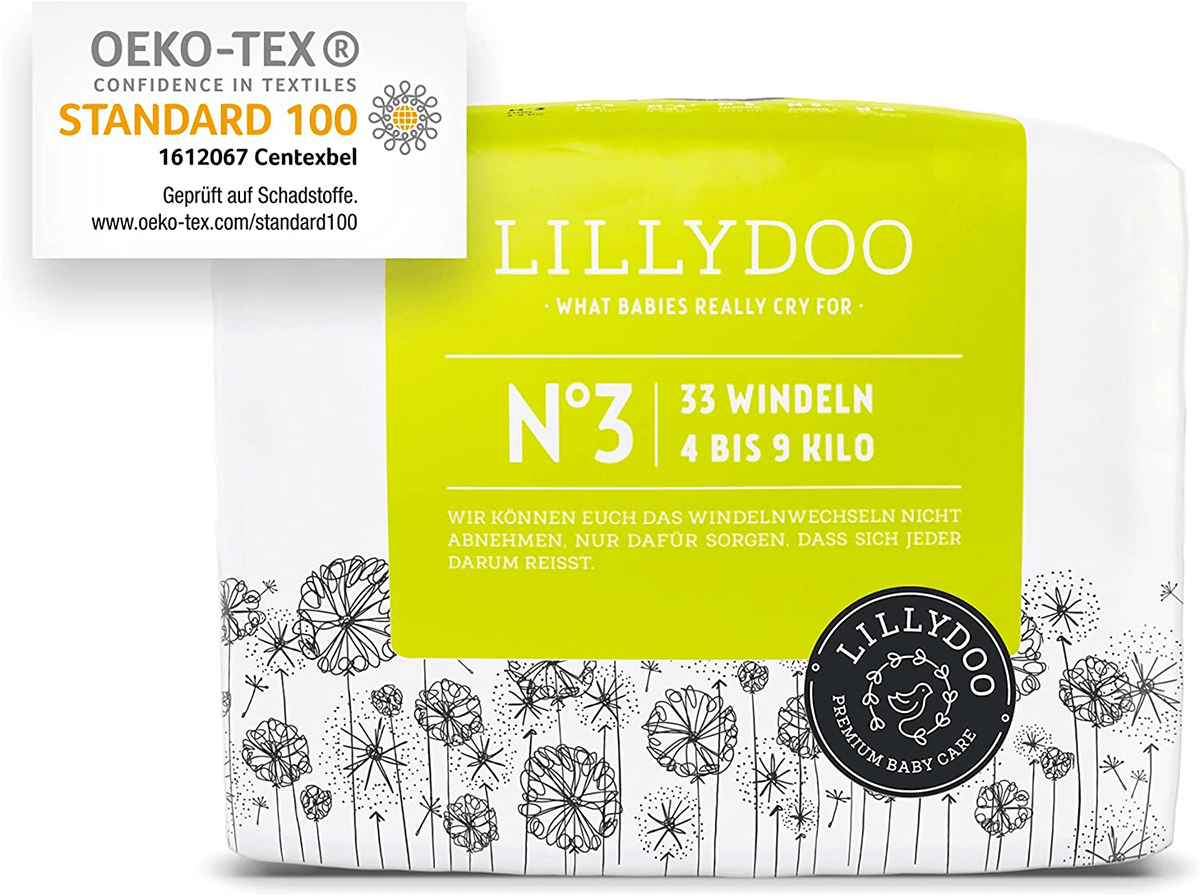
2. The reward experience needs some spice
Staying on customers’ minds is a constant battle, and brands are always on the lookout for new and trendy ways to engage with their customers. In this case, adding gamified elements, like prize wheels, or creating a challenge-based reward system is a great way to do so. However, if your current tech stack is unable to execute the new vision, then a loyalty program revamp is in place.
Leading Brands are now looking to revamp their loyalty strategies as they look to deliver increasing commercial value from their customer assets. One of the reasons for such strategies being adopted is to deliver a closer alignment between their own Brand values and the features & benefits associated with their loyalty programs. Operators see the need for their loyalty programs to reflect, and importantly reinforce, their own Brand values, rather than providing ‘siloed’ reward offers which have limited relation with the overall Brand proposition. Amazon Prime remains the ‘gold standard’ in terms of what can be achieved.
Nick Chambers
Director, CSN Partner at Mobile Loyalty Technologies
It’s worth highlighting that flashy gamification features aren’t the only thing that should be added to a freshly restructured loyalty program. Consider adding new analytical and BI features as well, so you can track your updated loyalty program’s performance more accurately.
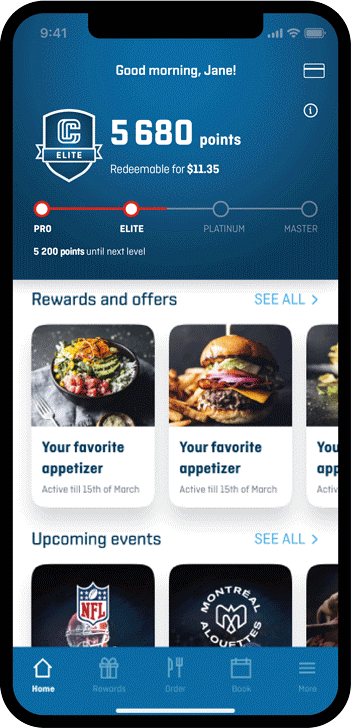
3. Your team doesn’t use your current platform to its full potential
According to Gartner’s Marketing Technology Survey, marketers only use 58% of the technology they have purchased. This can happen for a number of reasons, but most often it’s because they later realize that their current platform of choice is either too complicated or has too many unnecessary features.
This is a situation where your first instinct shouldn’t be to switch to a new platform, but rather to spend more time training staff and exploring the utility of the platform. If your technology remains underutilized, then it’s time to start looking for a platform that better suits your needs.
In our view, flexibility and accessibility are the most important characteristics for a loyalty platform. For example, it has to have the capability to change the business logic of the program with just a few clicks and to add and/or remove data sources for points calculation on the fly. Also, it has to be easy to understand and use, so that your marketing department can operate the largest part of program management without technical support. In addition, it is a plus when a platform brings a large variety of out-of-the-box, ready-to-use mechanics to jump-start or revitalize your program.
Erik Schleicher
Marketing Strategy Manager at Valantic
4. You wish to step up your personalization game
Carrying out a hyper-customized reward experience is only possible with a complex data ecosystem. In other words, you need to fully align your loyalty program provider, your CDP, and your marketing automation provider.
At Astound, we find that the biggest challenge our clients are facing today is understanding their customers through the massive amount of disconnected and siloed customer data produced along the customer journey. Brands must have the right platforms and technologies in place to collect, derive insights from, and activate customer insights into loyalty programs. We believe that all brands should evaluate their tech stacks, or explore new platforms, to bring customer data to life to inform loyalty. We have seen brands upgrade to a new loyalty platform to accommodate more flexibility for loyalty points accrual – such as to accommodate and support in-store recycling programs.
Erika McGrath
VP MarTech/CDP at Astound
Remember: loyalty programs can be a source of data too: using gamified profiling, you can learn valuable new information about program members’ habits and preferences. However, plans for such addition must be thought out during the concept phase of a loyalty program revamp.

5. You need to unshackle the marketing team from IT
A constant need for programming knowledge is a bane that haunts many loyalty program software users to this day. Based on our Global Customer Loyalty Report 2022, 44.0% of loyalty program owners reported that the marketing team is very dependent on the IT team to manage the loyalty program. Moreover, 70.4% of respondents agreed with the fact that being able to set up loyalty rules without coding would be an asset for the company.
Luckily, top-of-the-line loyalty platforms have two solutions for this issue: no-code technology and templates. No-code technology offers a user-friendly, drag-and-drop interface that makes it possible to change certain aspects of the program logic without coding skills. Templates, on the other hand, allow users to create or change loyalty campaigns and rewards quickly and without any fuss.
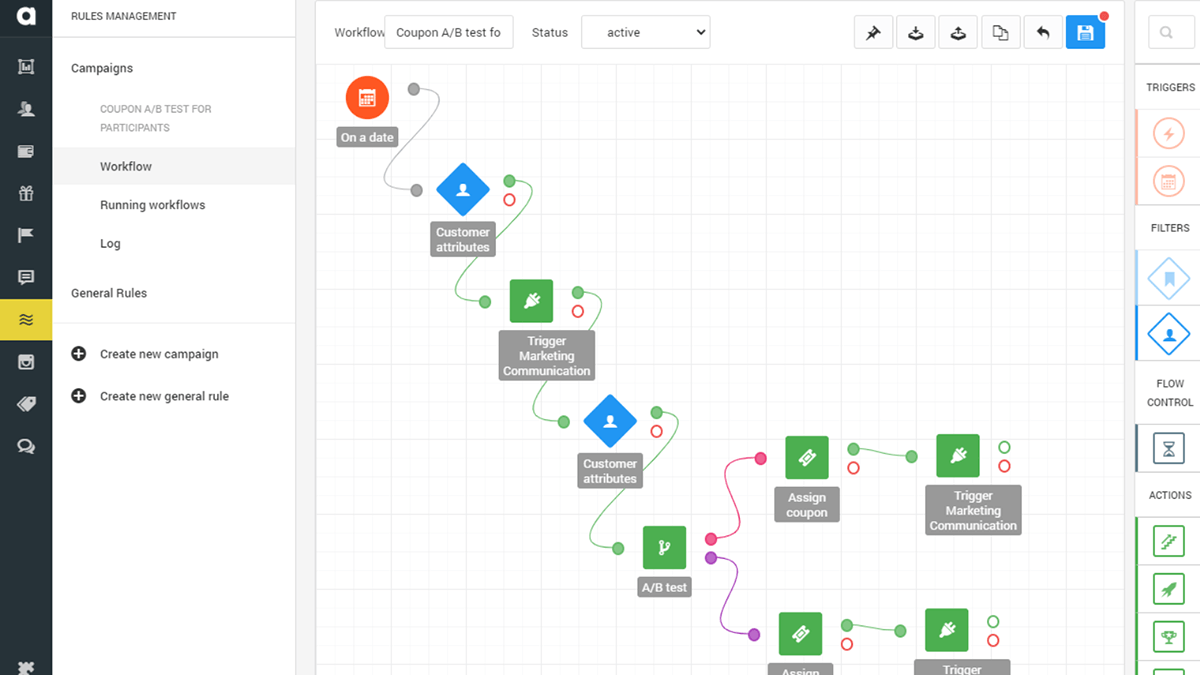
6. You want to offer a unified, omnichannel loyalty program
Having to deal with too many manual processes and lacking a unified customer profile for customers that tracks both offline and online activities are two problems that are more common than you might think. So it’s no surprise that companies who have these issues would want to prioritize digitalization and revamp their old loyalty programs, creating an omnichannel program.
The decision to re-platform often arises when enterprises become frustrated with inflexible legacy loyalty platforms which are not able to support the data-driven, personalized, and omni-channel marketing strategies of today. To meet the increasingly demanding expectations of marketers and consumers, loyalty technology needs to have the ability to ingest, unify and have a single view of their customer data across all customer touch points. They need to be able derive meaningful insights through predictive capabilities, such as AI and ML. And finally, they need to have the ability to orchestrate and deliver delightful customer experiences across relevant channels that make the customer feel rewarded and appreciated throughout the engagement journey.
Shawn Tan
Managing Director at iRewards Asia
When looking for a loyalty platform that makes all of this possible, look for features such as mobile passes, loyalty app support, store-specific features, as well as capabilities that allow staff at brick-and-mortars to enroll customers and manage their points.

7. You’ve found that transactional engagement is no longer enough
The desire to boost customer engagement and have more touchpoints with your community is great reason to revamp your loyalty program. And the easiest way to do it is to venture outside of your comfort zone and start rewarding non-transactional activities, like charity, recycling, working out, etc.
Properly tracking and rewarding these kinds of actions, however, require sophisticated technology and extended integrations with solutions like sports trackers. That would require switching to newer technology, however, if your old loyalty platform doesn’t have the right capabilities.
The traditional loyalty program with the classical “earn & burn” structure has historically worked really well, in its simplicity. However, as the world is changing, customers today have access to a lot more information and it is so much easier to compare prices, delivery times, offers and benefits. To not get stuck in only pushing transactional discount behavior and really drive loyalty, a modern loyalty program needs to offer much more. To create loyal customers, a loyalty program needs to encourage behaviors that create emotional attachment to your brand, yet simplify the life for your customers, personal and, of course, be beneficial for both parties.
Emil Björnskär
Senior Consultant at Miltton Insights
8. You wish to upgrade to a pure-play, third-party solution
Wanting to switch to a more flexible, more feature-rich tech stack is another common reason behind a loyalty program revamp. It also applies to brands who initially started with a rewards program developed in house and later realized that licensing third-party technology would save them a lot of time and manpower.
It’s worth opting for a pure-play loyalty platform because the company behind it focuses on one thing and one thing only: to have the most sophisticated, most advanced loyalty technology. As such, you’ll have access to a feature-rich platform with plenty of modules and capabilities to choose from.

9. Your operating costs are just too high
Not every loyalty program is revamped because it’s not good enough, or because it needs new features. Sometimes brands are fully satisfied with what they have. These companies are often just looking for a more cost-effective way to operate. If you fall into this category, be aware that the price of the technology is just one component in the whole budget.
One way to lower program costs is to go with a no-code loyalty platform because, at the end of the day, less staff will be needed to operate your program. Also, when looking for a loyalty technology, make sure to pick one that has capabilities that align with your needs. If you choose a platform and only plan to use a small portion of its features, you risk wasting money on unused features.

10. You need a technology that integrates with your other platforms
Sometimes it’s your tech stack that has outgrown your current loyalty platform. Since services don’t exist in a vacuum, the ability to seamlessly sync all the platforms, services and technologies (especially the CRM system) you are using to maximize the effectiveness of your marketing strategies in today’s highly digitalized world.
Having a loyalty program that integrates with a large number of other services opens up the possibilities for more creative, more personalized marketing strategies, like loyalty emails with hyper-personalized product recommendations.
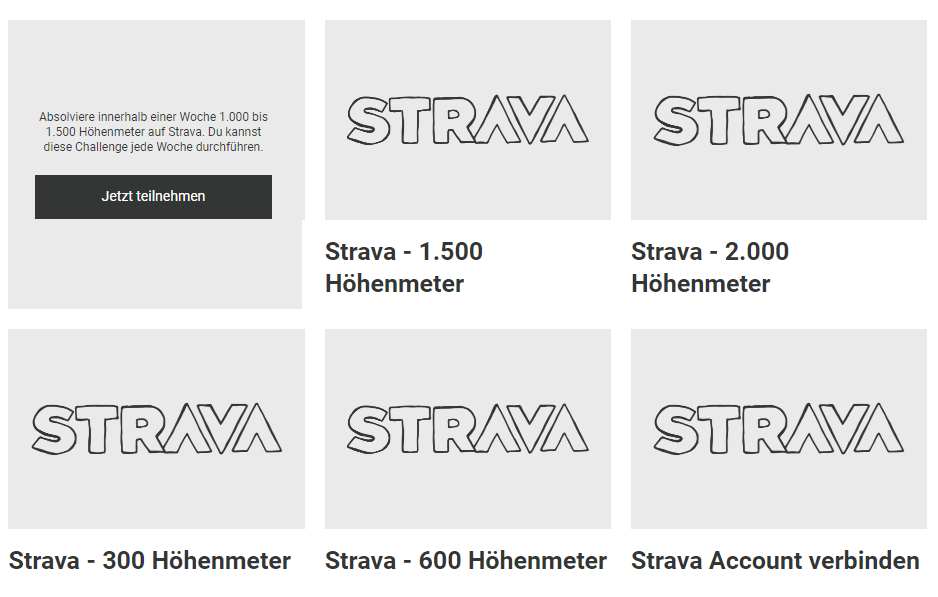
How to Begin Revamping Your Loyalty Program
Finally, we have arrived at the technical aspect of a loyalty program’s revamping. Bear in mind, though, that executing your vision will be a huge project. According to Forrester’s article on loyalty program ROI, improving customer loyalty is an enterprise-wide responsibility, meaning that the decisions and contributions should come from the whole organization, not just the marketing team. This is especially true during the revamp of your loyalty program, which has to be a shared project between the CMO, CTO and even the CFO.
Without going into the full details, here are the major steps you should follow to ensure that your revamp process goes smoothly.
1. Build the concept for your new loyalty program
Creating a concept document for your loyalty program is a crucial step, even if you are only doing a simple replatforming. The best thing you can do is to start with the concept documentation and any other relevant information from your original loyalty program. This will speed up the implementation process by a large margin.
Even if you plan to change the loyalty program’s entire structure, you should still use the original documentation as a starting point, and flesh out the differences in program types, rewards, features and so on. And remember: the concept document should always be longer than a page!
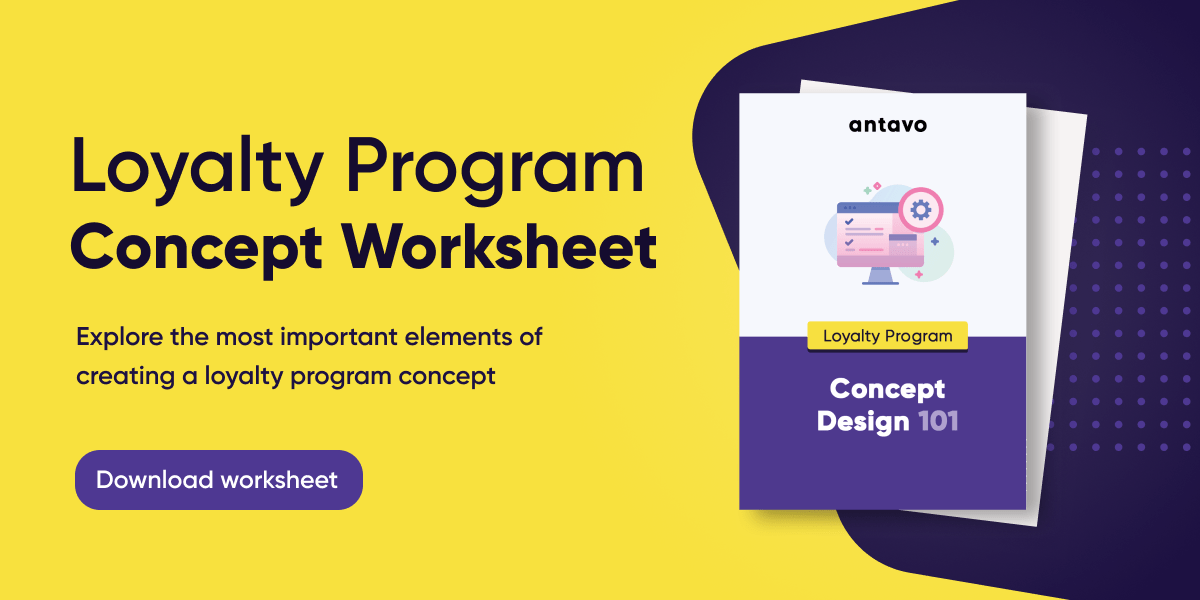
2. Select the right loyalty platform provider through an RFP
If there’s any single takeaway in this article, it’s that a lot hinges on the capabilities of your loyalty technology. That’s why the process of picking a best-in-class platform provider should be taken seriously. For this, we highly recommend sending out an RFP.
Creating an RFP takes a lot of time, but in this case, it’s a beneficial process, as you will need to list all your needs both strategy- and technology-wise. That will make it much easier to review your applicants and make a solid business decision.

3. Execute the data migration
Once you have signed with a technology vendor, it’s time to get into the fray of things. It’s worth highlighting that launching a loyalty program the second time around is much smoother, because brands already have experience with each implementation stage and know which pitfalls to avoid.
Still, there’s one extra step that comes in during a loyalty program revamp: data migration. It involves migrating your current loyalty data to your new provider. This process requires thorough data mapping and may take a while depending on the number of data categories you wish to move. The best practice is migrating customers, rewards, point histories, and transaction histories. Never leave this step to the last minute! Dedicate at least 1-2 months to ensure that all data is migrated properly.
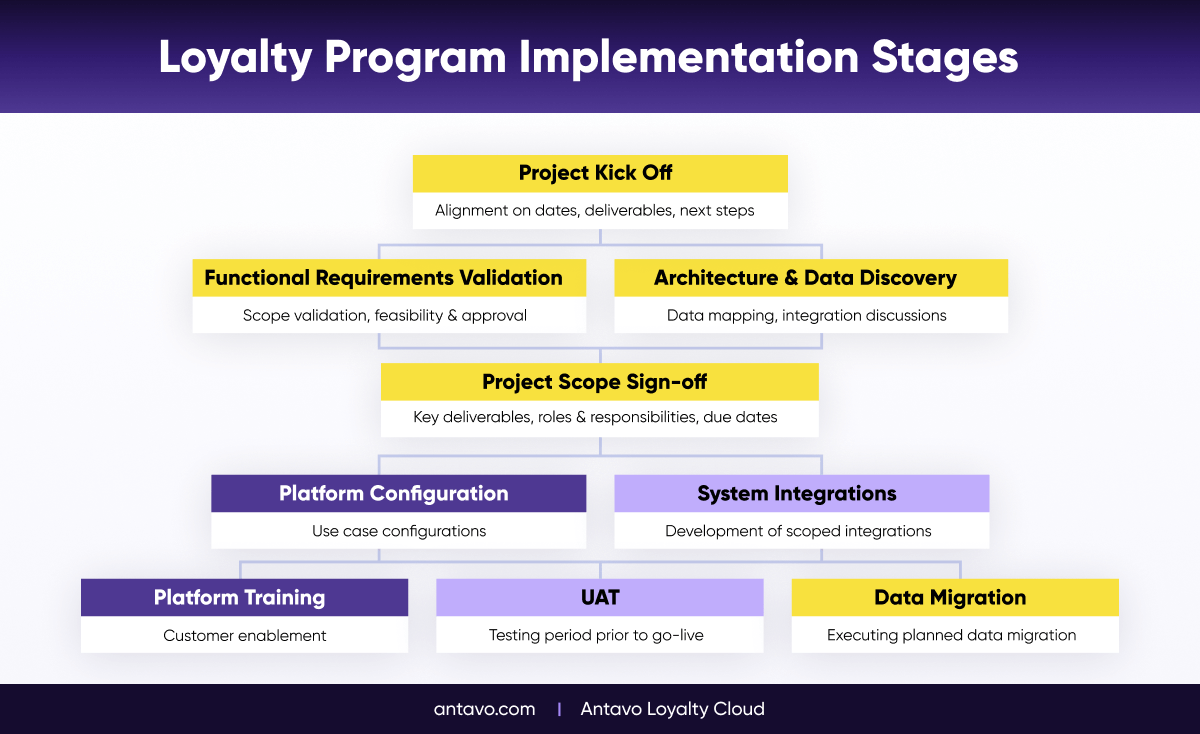
4. Integrate, configure and test the new loyalty system
The next step is integration, ensuring that data flows seamlessly between the loyalty program, your own systems, and any other third-party service providers. Once integration is complete, it’s time to start building the end product: set up various features on the platform, upload images, configure the values for currency conversion, and so on.
Lastly, don’t forget about User Acceptance Testing, during which both positive and negative scenarios are tested (as well as rare edge cases) to prevent bad experiences once you launch. This should take at least a month, but depending on your previous experiences, it never hurts to dedicate extra time to it.

5. Prepare for launch
As the launch of your updated loyalty program draws near, make sure to notify members about any downtime while things are being set up behind the scenes. This is important, because some customer events might happen during the transition period, so make sure launch with up-to-date data.
It is also very important to set up your marketing communication and set customer expectations. Program members tend to see the glass half empty when it comes to bidding goodbye to a rewards program they’ve gotten used to, so make sure to put their minds at ease by highlighting the exciting new features and benefits as much as possible.

Parting Words Before the Big Transformation
When revisiting your loyalty strategy during revamping, the best thing you can do is to follow best practices and use the experience you have already accumulated. If, however, you don’t have the staff and documentation available from the launch of your original loyalty program, don’t worry. You can ask a consultant to review your program concept. There is no harm in conducting loyalty program trend research either. Your careful preparation will make the implementation process far quicker and smoother, without a doubt!
Hopefully we have shed some light on the complicated but crucial process of rebuilding your loyalty program. If you are ready to revamp your loyalty program, our experts at Antavo will be happy to hear about your concept and discuss how our technology can fit your needs. Just send us your RFP, or book a demo.
And don’t forget to download Antavo’s Global Customer Loyalty Report 2022, an in-depth report that showcases current and future industry trends. These trends will help you navigate the world of next-gen loyalty programs.
This article was originally published on the Antavo Loyalty Blog. View original.

